What are the best Android phones 11/2024? The answer is more about what you want a phone to do (or don’t do) than what it costs. We cover all phones from <$200 to nearly $3000.
This year, we have attached the results from over 100 smartphones in Excel format so you can sort, change prices, etc. Why? Readers wanted to know more about why we selected a phone, and the answer involves several factors.
Good overview before you start
Our guide, Twelve Essential Android Smartphone BuyingTips (2024), outlines what to look for. This shows current phones by category and basic features.
Price is the primary selection criteria for Best Android Smartphones 11/2024
We divided the phones into $100 brackets, from $200 to nearly $3000. This allows you to compare the brackets and determine whether there are better features and value—bang for your buck. Prices are accurate as of 11 November and include RRP and special prices. They exclude event sales.
Phone reception is now #2 in importance
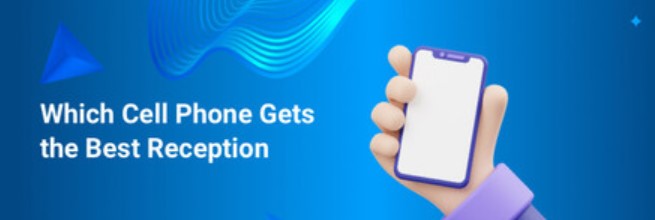
Every phone can make/receive a 4G call – we call these city/suburb phones. It does not matter if it uses a Unisoc, MediaTek, Exynos or Tensor modem. In our tests, all of these can find the closest tower at picowatt strength.
Every phone with a Qualcomm Snapdragon modem can find between two and four extra 4G/LTE towers at picowatt or femtowatt usable strengths. We can confidently tell whether these phones are suitable for regional areas (where tower coverage may be adequate) or rural areas (where you must have 4G Band 28 to make or receive calls).
Few phones can make or receive a 5G call unless the tower is line-of-sight (<500m) and they receive 4G band 28.
So, the Telcos perpetuate a fraud called sub 6GHz, meaning the phone uses re-farmed 3G bands that reach further than the n78 5G band, but data speeds are no better than when they were 3G bands. Eventually, 4G bands will be re-framed, too.
- n1 (2100MHz) Optus, Vodafone
- n3 (1800MHz) Vodafone
- n5 (850MHz) Telstra and Vodafone
- n7 (2600MHz) Telstra and Optus
- n8 (900MHz) Optus
- n26 (850MHz) Telstra
- n28 (700Mhz) Optus, Vodafone
- n40 (2300MHz) Optus
- n78 (3500-3600 MHz) Telstra, Optus and Vodafone
- n258 (mmWave 26GHz), Telstra, Optus and Vodafone – requires mmWave device
Please don’t waste money on an expensive 5 G plan unless you need it or live close to a 5G tower (you can check at RFNSA). Look for the best 4G deals at Boost, Woolworths, Aldi, and Coles.
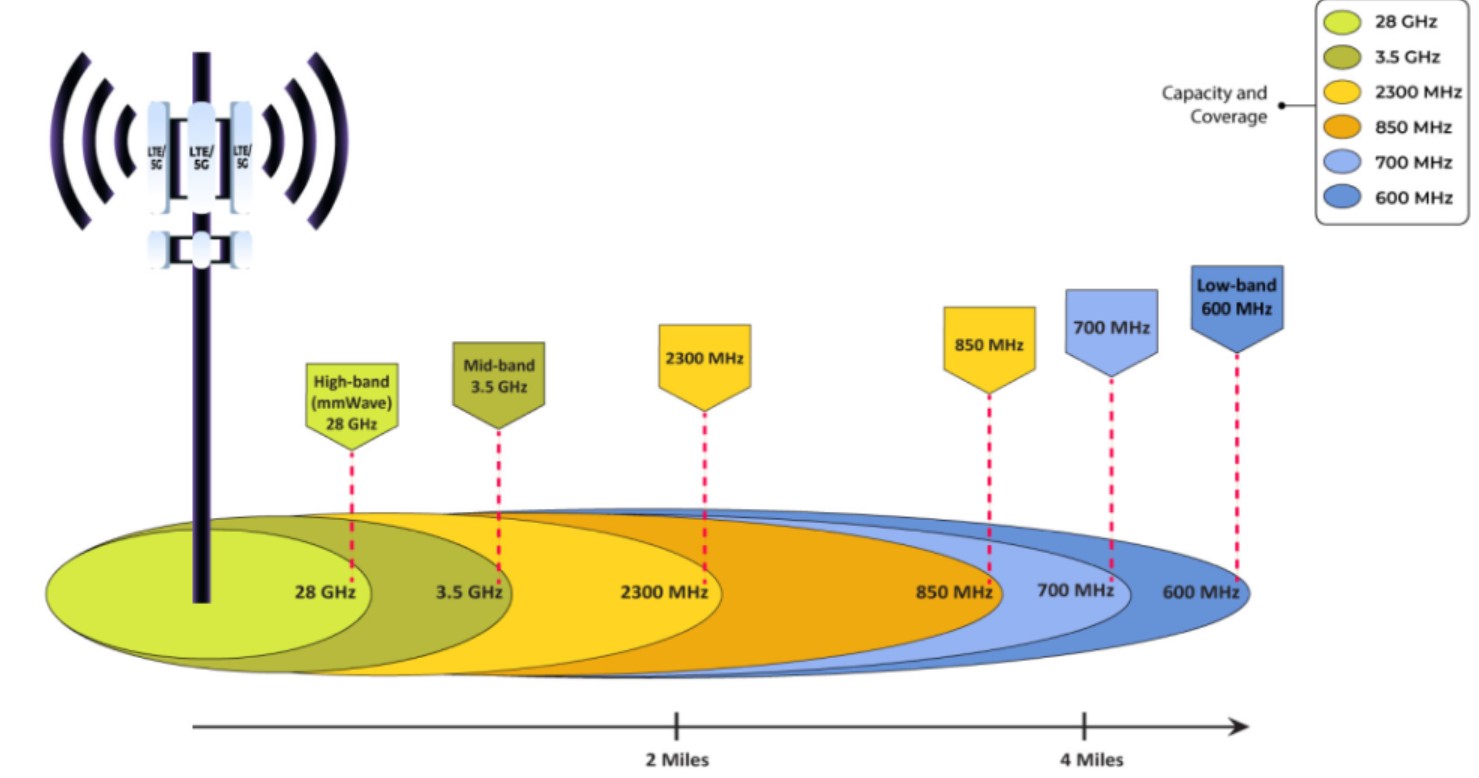
Any phone on the list will work unless you need regional and rural coverage. You can read more about our readers’ Blue Tick = BS experiences here.
Operating system upgrades and security patch updates
These are more important as we hold onto phones now for around four years.
Samsung and Google Pixel are to be applauded for offering seven years of Android operating system upgrades and seven years of regular security patches for premium models. This will assist in keeping the trade-in values higher and keeping the phone longer. We also suspect this is more about bragging rights, as there is a strong likelihood that a 2024 Android 14 phone will not handle many future Android upgrades.
Motorola and OPPO have responded with three years of Android operating system upgrades and four years of regular security patches. Given the expected smartphone life, this is more than adequate.
We suggest you make this a key purchasing decision and look for at least three OS upgrades and three years of security patches.
Screens
While AMOLED, OLED or pOLED screens offer the best colour accuracy, there are several things to look out for.
- At least 6.5”, 2400 x 1080p
- 10-bit/1.07 billion colours. That precludes all Google and Samsung phones which use 8-bit, 16.7m colours. Why is this important? Read 8-bit versus 10-bit screen colours. What is the big deal?
- LPTO OLED or pOLED screen
- At least 500 nits’ SDR brightness

It is unimportant (except to gamers) if it refreshes at 120, 144, or 165Hz. Look for an Adaptive refresh that selects the best rate for your task.
PWM sufferers may need to avoid OLED, pOLED and AMOLED as these invariably use Pulse Width Modulation dimming and can cause nausea and headaches. Our reviews test for this. It may be safer to buy LED/LCD screens.
AI – do you need it?
AI is trendy, and Samsung and Google would have you believe it’s mandatory. It is not.
AI currently needs at least a dedicated NPU (neural processor unit), 12GB of RAM (Google now says 16GB is better), and an Internet connection. Much of it is processed in the cloud, not on the device and can chew up data allowances.
Unless you need AI, put this at the end of your purchasing process. In the December list, only the Samsung S24 Ultra, Moto Razr 50 Ultra and the Google Pixel 9 Pro/Pro XL/Fold are AI capable.
Read about Gen 1 AI
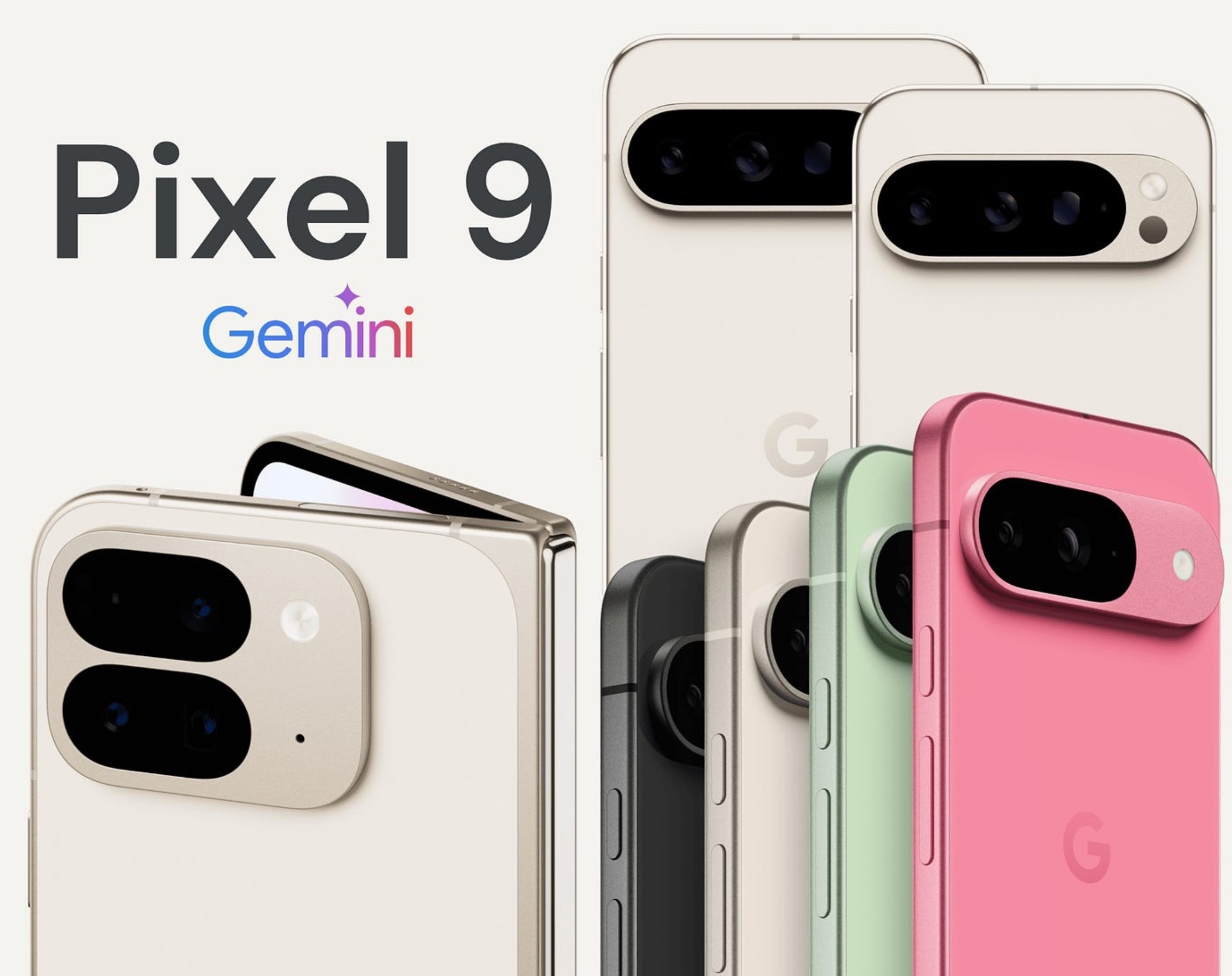
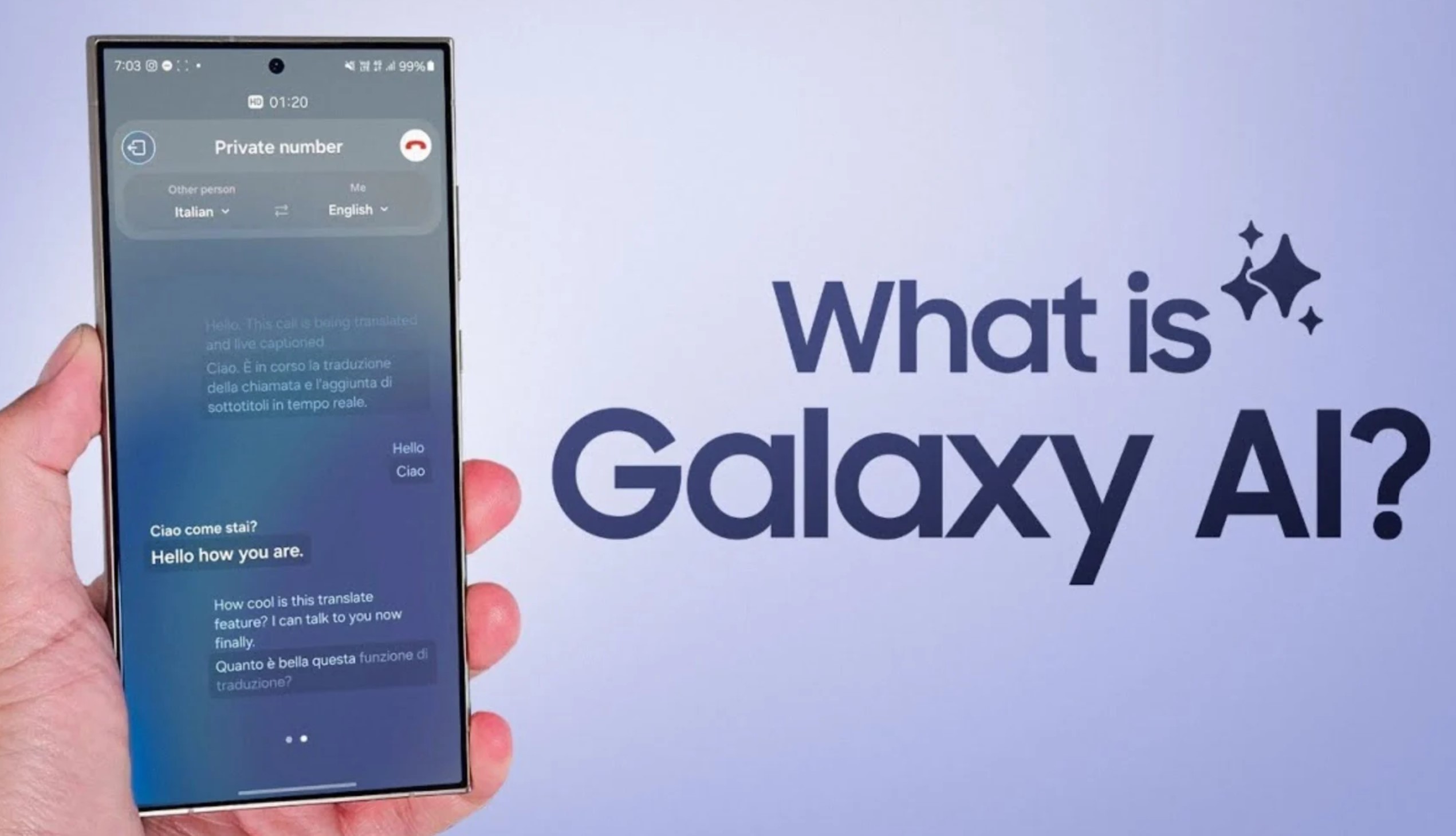
New brands
This year, Nothing, HMD (Nokia brand), TCL, and Xiaomi (Redmi/Poco) entered the market, joining ASUS as a specialist phone maker.
We don’t review these unless offered, as we find it hard to recommend against the usual brands with far more local support and service. Interestingly, all these brands received an honourable mention from our testers as they offer excellent features and value.
What is the nirvana for the best Android phones 11/2024?
We get asked what the best phone bar is none. Our judging criteria are clear.
- At least 6.5”, 2400 x 1080p, 10-bit/1.07 billion colours, LPTO OLED screen. That precludes all Google and Samsung phones which use 8-bit, 16.7m colours.
- A Qualcomm Snapdragon 7 Gen 1 or later SOC is necessary for the best regional and rural phone reception and AI photo-processing.
- At least 12/256GB RAM LPDDRX5 and UFS 4.0 storage.
- USB-C 3.1 or 3.2 Gen 1 (5Gbps) or 2 (10Gbps) with full ALT DP 1.4 (cable mirror), data, charge and the ability to mount an external SSD for live storage.
- At least Wi-Fi 6E AXE or later for fast data transfers
- At least a 50MP (binned) primary sensor, 13 MP Ultra-wide/macro sensor and 2x/20x optical/digital hybrid telephoto. A 32MP (binned) selfie.
- At least 4500mAh 45W fast charge capable (<1 hour)
- Qi (15W) charging is a necessity for good battery life
- At least a 2+2+2 Warranty/OS upgrade/security patch policy
- eSIM and one physical SIM are mandatory
- IP68 should be mandatory
There is one phone in the entire list that satisfies all these criteria. The $999 Motorola Edge 50 Pro is the winner of the best phone of 2024. It is so good that it is now my daily drive, replacing a 2022 $1799 OPPO Find X5 Pro with all 11 features above.

If we remove the
- eSIM (#10) ASUS Zenfone Ultra or ROG 8 is next, with a one-year warranty.
- 10-bit screen (#1) the Samsung S24 Ultra is next.
- 10-bit screen (#1) and USB-C Mountable drive (#4) bring the Google Pixel 8 and 9 into the mix.
- With all of the above and Qualcomm modem (#2) removed, there are excellent phones for $400, like the Moto Edge 50 Fusion, Nothing 2a, Xiaomi Redmi Note 13, and many more.
Phone makers’ websites
Best Android phones 11/2024
Where to buy – no grey market
There is a substantial grey market fuelled by online marketplaces like Kogan/Dick Smith/Mighty Ape, eBay, Amazon, Temu, Shein and many more. With the closure of 3G, every grey market phone that did not support Band 28 (700Mhz on Optus or Telstra) was bricked.
Only buy the Australian-certified version for Telco networks and an Australian warranty. You can check bonafide by an R-NZ C-Tick on the packaging and under Settings, About Phone, and Regulatory labels.
Safe retailers include Harvey Norman (and sub-brands), JB Hi-Fi, Good Guys, Bing Lee, Betta, Retravision, Office Works, Big W, Kmart, and Target. Phones sold via Telcos are certified.
Read Don’t buy a grey market smartphone.
Best Android phones 11/2024



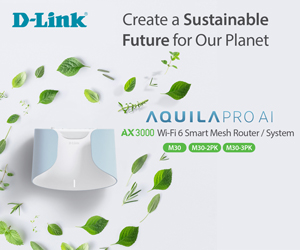



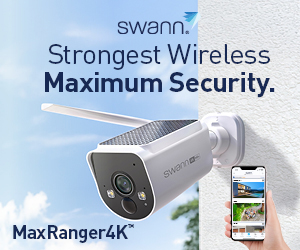



Comments